Poinsettia, Christmas Flower Red Plant
₹702.00 ₹604.00
Poinsettias are euphorbias, a plant family known for its white, milky latex sap. Some people with latex allergies have had a skin reaction.
Description
Purchase Description
- Poinsettia, Christmas Flower (Red) Plant
- Product Material : Natural Plant With Pot , Quantity : 1
- Pot : Height : 5 Inches (13 cm), Pot Colour : Black (Plastic)
- Very easy to maintain and Suitable for gifting to Plant Lovers
Plant Description
Ruby-red Poinsettias signal Christmastime. But how did this tropical plant become the traditional Christmas plant? (And by the way, the red blooms are not the flowers; they bracts or modified leaves!) It goes back to a Mexican legend and later the inventiveness of an American nurseryman.
A week or two before Christmas, my Dad always gave my Mom a potted Poinsettia wrapped in shiny foil. And my Aunt Dodo had a nine-foot-tall one growing next to her front door. Bracts on it started turning pinkish around Halloween, then red, and remained ablaze until after Valentine’s Day.
For those unaware, the showy red parts of Poinsettia plants are not the flowers; rather, they are modified leaves known as bracts. The actual “flower” on a poinsettia plant is the yellow bloom found right at the center of the bracts.
After earning a degree in organic chemistry, which initiated my love of plants and growing them, it occurred to me that Poinsettias were the most unlikely flower to symbolize Christmas. They grow in warm climates, native to Mexico and Central America, and are pampered, delicate throw-away plants in most parts of this country.
WHY ARE POINSETTIAS THE CHRISTMAS FLOWER?
The story of Poinsettias as an unlike Christmas flower begins with an old Mexican legend and later became a major American business venture.
Poinsettias are native to an area of southern Mexico where they flower during the winter. It’s a perennial shrub that was once considered a week and will grow 10 to 15 feet tall in the wild. The Aztecs used the Poinsettia bracts to make a reddish purple dye for fabrics, and used the sap medicinally to control fevers.
According to Mexican lore, there was a young girl, Pepita, who did not have a gift for the baby Jesus at a Christmas Eve service. She was very poor so all she could do was pick a bouquet of weeds to offer. The angels felt compassion for her plight. So, after Pepeita set the flowers at the navity scene, the angels transformed the weeds into beautiful red flowers. This is why red and green are the colors of Christmas today.
Today the plant is known in Mexico and Guatemala as “”La Flor de la Nochebuena” (Flower of the Holy Night), referring to Christmas Eve.
Now, the reason blazing red (and now pink, white, orange, plus combinations of these colors) Poinsettias are the in the United States is an accidental discovery by Joel Poinsett, U.S. Ambassador to Mexico in 1828.
An amateur botanist, Poinsett saw the red flowers when visiting the Mexican town of Taxco in the state of Guerrero, shortly before he was thrown out of the country for trying to buy Texas from the Mexicans for a million dollars!
He shipped plants to South Carolina, as he left the country, where they were propagated and called “Mexican Fire Plant”. The plant was shared with botanical gardens and growers across the country. And, it was renamed for Poinsett (and since it’s a name, we capitalize “Poinsettia.”
But the reason Poinsettias became so popular is due to Paul Ecke and his inventiveness. Ecke, who lived in California, discovered a technique which caused seedlings to branch, resulting in a fuller plant. He began growing the plant in the tens of thousands for the Christmas season, when other flowers were scarce.
To promote Poinsettias as a Christmas plant, he sent the crimson-leaved plants to TV studios across the country, including “The Tonight Show” and Bob Hope’s holiday specials.
The rest is history. Today, Poinsettias are not only the most popular Christmas plant, but the best-selling potted plant in the United States and Canada, contributing over $250 million to the U.S. economy at the retail level. California remains the top U.S. Poinsettia-producing state.
POINSETTIA POISON MYTH
Poinsettias are euphorbias, a plant family known for its white, milky latex sap. Some people with latex allergies have had a skin reaction.
Poinsettias are not poisonous despite what some people think. According to the Poison Control Information Center, the average person would have to eat 500 to 700 leaves to have any harmful affect such as serious digestive problems.
Plus, the Poinsettia leaves have an awful taste so animals and children would have a hard time eating them. Eating the leaves can cause mild irritation or nausea. Probably best to keep pets away from the plant, especially puppies and kittens.
The colored leaves, known as bracts, are not the poinsettia plant’s flowers. They are the tiny yellow or orange buds in the center.
POINSETTIA PLANT CARE
Poinsettias are not frost-tolerant. As holiday plants, they are raised in greenhouses in cool temperatures (60 to 72 degrees) with high humidity and light intensity, it can be tricky to duplicate.
For the longest-lasting Poinsettias, choose plants with little or no yellow pollen showing.
- The plants require abundant light during the day for the brightest color so place near a well-lit window. East-facing windows are best.
- No part of the plant should touch the cold glas.
- Avoid spots near heating vents and doors. Cold drafts will cause leaves to drop.
- Maintain temperatures that are comfortable to people. Be sure to lower the thermostat at night so that plants cool off.
- Water when the top inch of soil feels dry to the touch. If underwatered, plants wilt and shed leaves. Overwatering causes roots to die.
- Use a humidifier or place plants on a tray filled with pebbles and water.
Disclaimer: The image is for reference purposes only. The actual product may vary in shape or appearance based on climate, age, height, etc.
Only logged in customers who have purchased this product may leave a review.

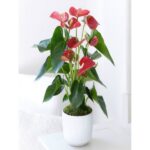
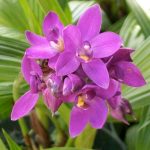
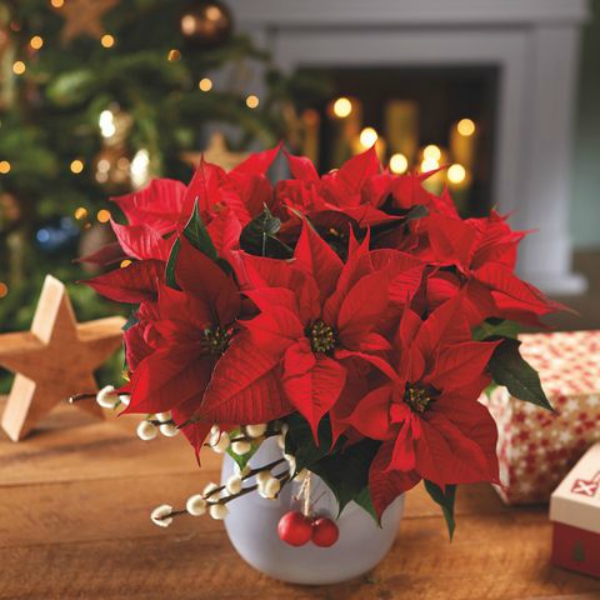
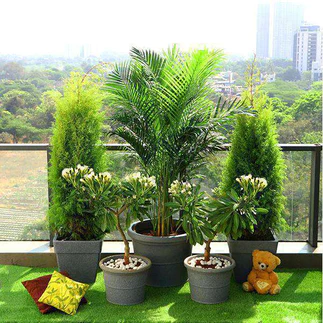
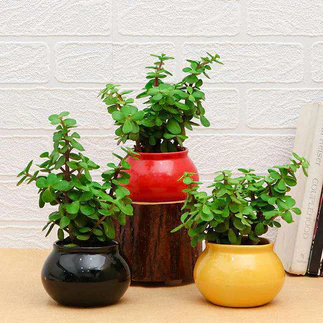
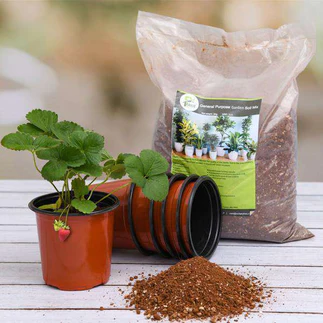
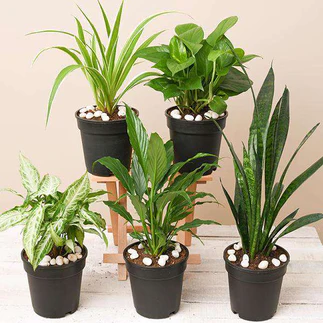
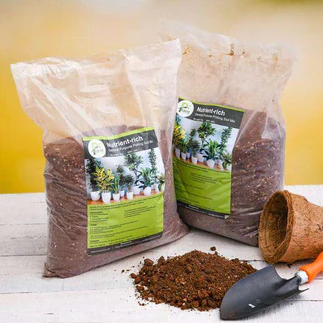
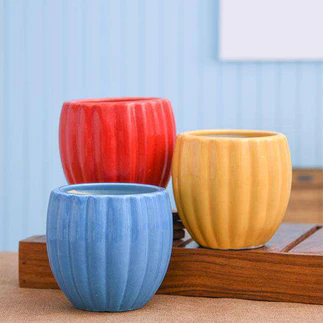
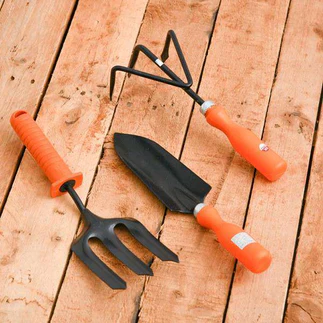
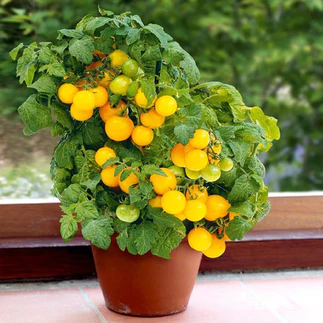
Reviews
There are no reviews yet.